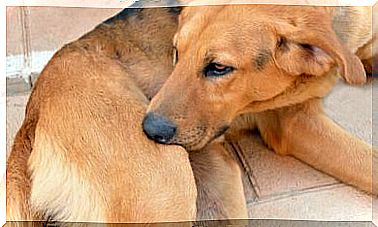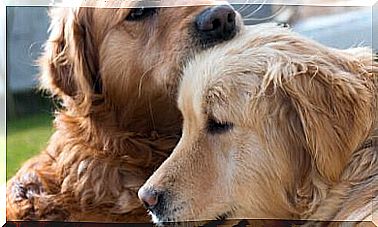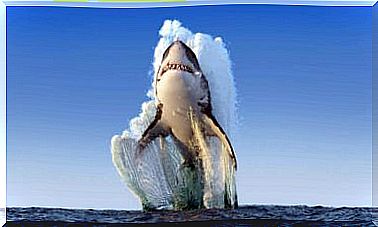The Origins Of The Maremmano Horse
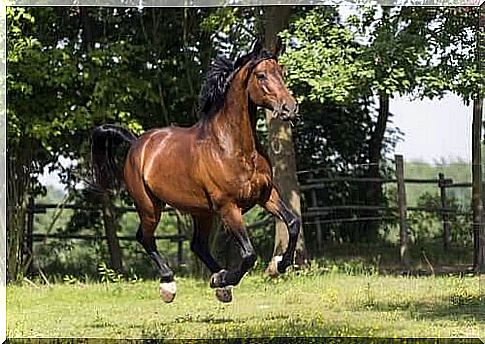
The Maremmano horse is nearly extinct in its original form, but still exists as a modified breed. It evolved from the Neapolitan horse and other European breeds. At first, it was originally used for agricultural and livestock work in the Tuscan region of Maremma, north of Rome.
Without a doubt, it is one of the most important and oldest Italian breeds. Currently, a systematic breeding program has been implemented to maintain the old genotype and ensure wider variation within the breed.
History of its origin
As already mentioned, the Maremmano horse originates from Italy, despite a long history of crossbreeding.
This horse was present along the Tyrrhenian coast. In fact, it was the race of horses of the Etruscans (800 BC), the first Italians to take horse breeding seriously.
Many crossings took place during Roman times. At that time, the careful breeding methods of the Etruscans were ignored or forgotten.
Thereafter, there was a long unproductive period. However, during the Renaissance (16th century), scientific horse breeding resurfaced.
Rise and fall of the Maremmano horse breeding
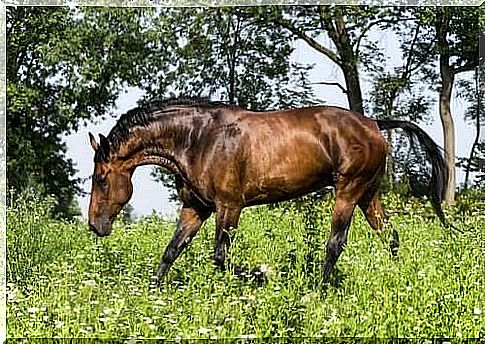
At the time of the Papal States, considerable attention was paid to the breeding of Maremmano horses. They were used to pull stately carriages because of their strength and great grandeur.
During this period, the breed mixed with the blood of Arab, Berber and Andalusian stallions . After the Italian unification (1860), the fame of the Maremmano horses spread and many of them, mainly stallions but also mares, were sent throughout Italy to improve the other breeds.
The horse Maremmano was much sought after by the cavalry. In addition, careful mating with Thoroughbreds resulted in strong riding horses, with good appearance and excellent morphology.
After World War II, the breed nearly fell into extinction, but interest in it resurfaced in the 1970s.
Breed Characteristics
It is interesting to know that the environmental conditions of its natural habitat (Maremma region) determined the breed’s adaptation to difficult environments. Historically, the region has never had favorable conditions, thus resulting in the selection of a strong, frugal, long-lived and fertile breed.
In addition, the Maremmano horse has a high resistance to disease. For this reason, foals show a high survival rate, although they take time to reach maturity.
Physical characteristics
The height at the withers is about 1.58 meters for males and 1.55 meters for females, at 42 months of age. The head is usually large and, in some cases, slightly curved. They tend to breed faithfully to the breed and have several distinct physical characteristics, such as a sheepskin profile and thick coat. The neck is long, and the mane is often wavy.
In addition, they have a very strong, slightly long back and powerful hindquarters with a well-positioned tail. Legs short, strong and clean, with ample bone; hard and firm hooves.
The Maremmano horse can be any solid color. It can usually be found with brown fur (female only), black, brown, etc.

Use of the Maremmano Horse
Traditionally, Maremmano was the horse of the largest farms and to their selective breeding has been adapted to meet different needs. Over the years, its development has been highly influenced by changes in demands.
With the mechanization of the army in the 20th century and of most forms of agriculture as well, the future of this race looked bleak. Currently, Maremmano and Thoroughbreds are kept in similar production systems.
Due to its docility, it is considered the ideal companion for any child or adult, for travel or sightseeing. This is also one of the reasons why the Italian mounted police continued to choose him as part of their team.




